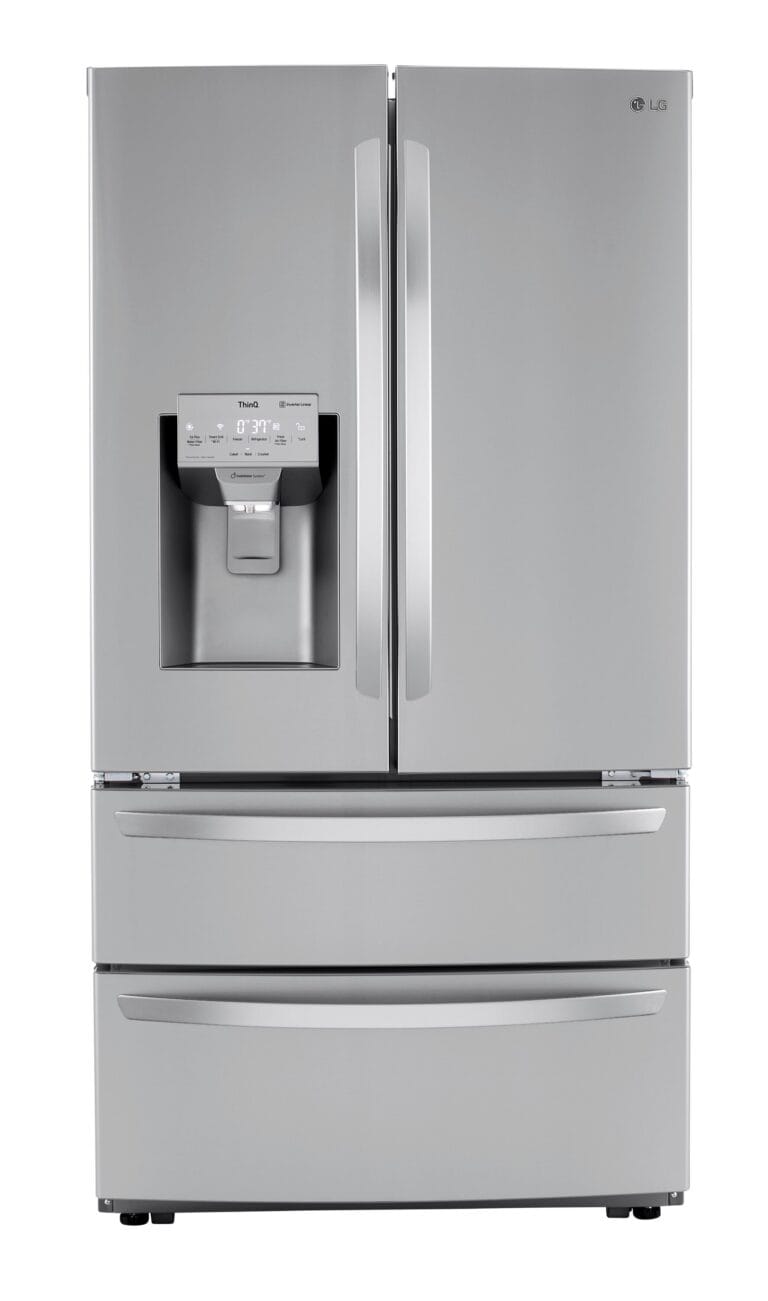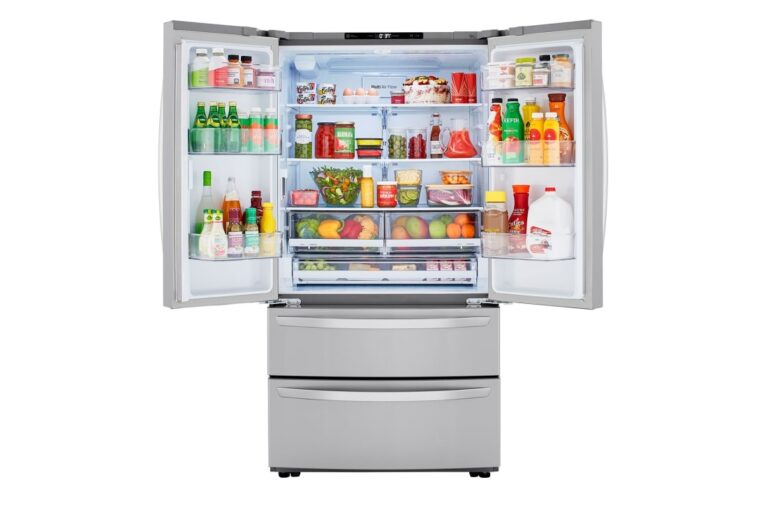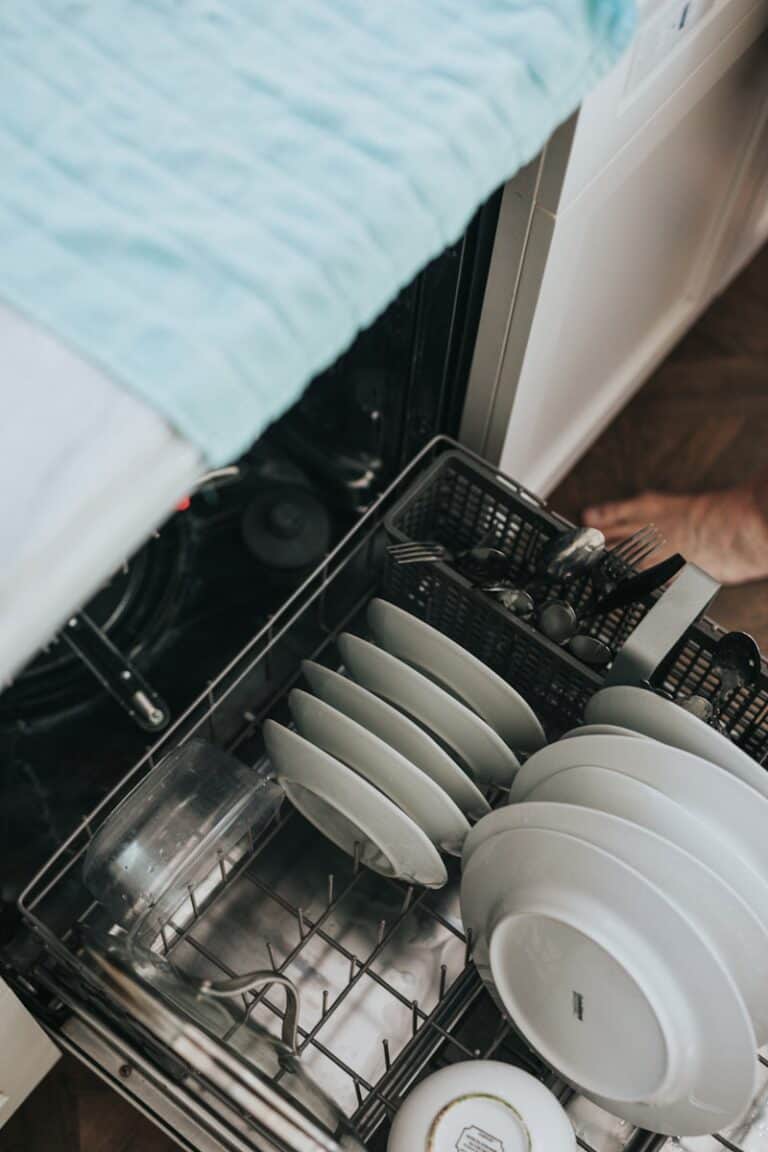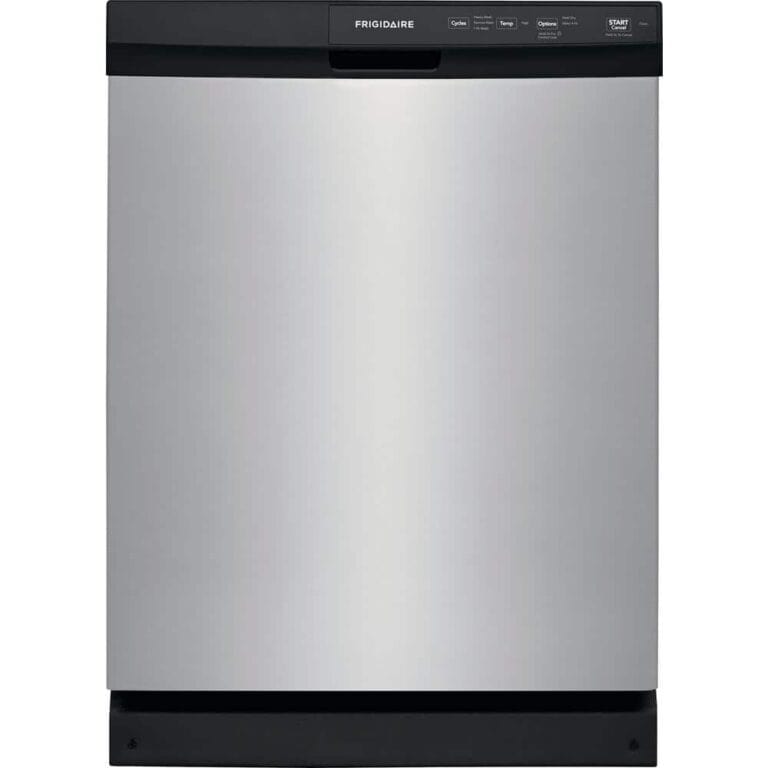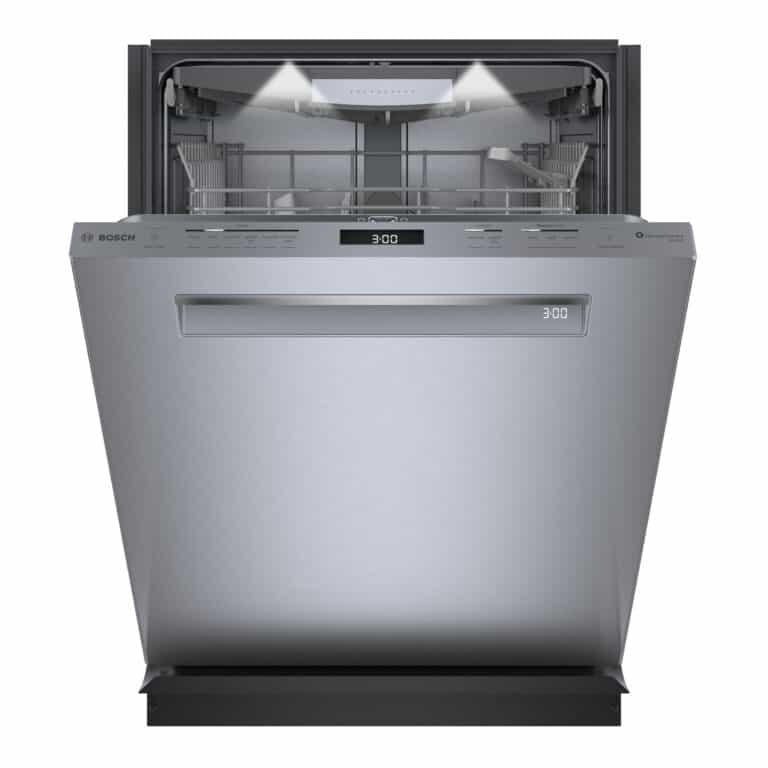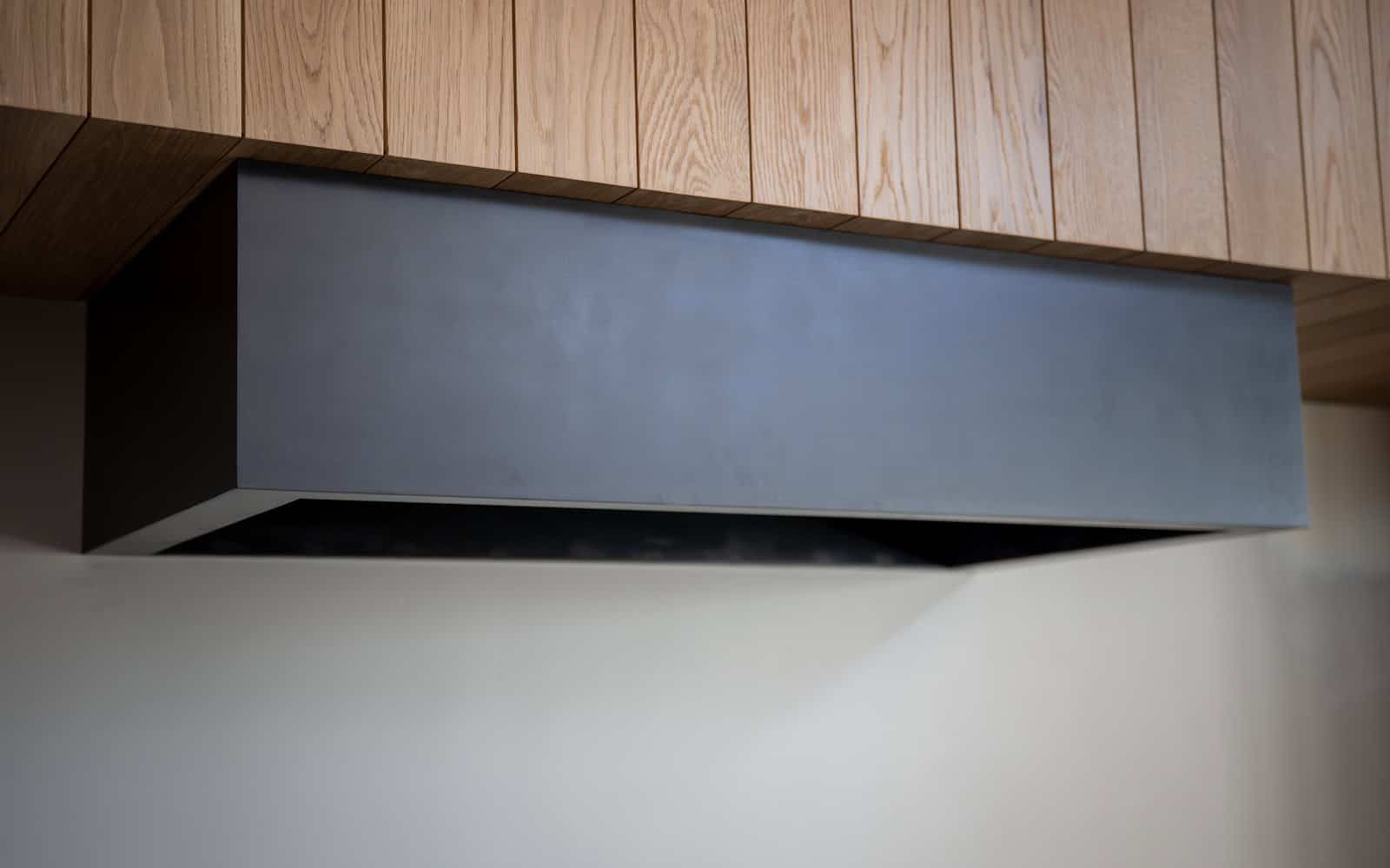
Range hoods play a crucial role in kitchen ventilation, removing smoke, grease, and odors from cooking areas. When a range hood malfunctions, it can lead to poor air quality and potential safety hazards. Repairing a range hood often involves simple troubleshooting steps that homeowners can perform themselves.
Common range hood issues include fan failures, light malfunctions, and power problems. Checking the power supply, cleaning filters, and inspecting fan blades are initial steps in diagnosing problems. For more complex issues, professional repair services may be necessary.
Proper maintenance can prevent many range hood issues. Regular cleaning of filters and fan blades helps maintain optimal performance. Addressing problems promptly can extend the lifespan of the appliance and ensure a safe, comfortable cooking environment.
Troubleshooting and Repairing Your Range Hood
A malfunctioning range hood can be more than just an inconvenience; it can also pose a safety hazard. Before you call in a professional, there are several DIY repair steps you can take to address common issues.
1. Start with the Basics
- Power Supply: Ensure the range hood is properly plugged in and that the circuit breaker hasn’t tripped.
- Lights: If the lights aren’t working, check the bulbs. If replacing them doesn’t help, there might be a wiring issue.
- Filters: Clean or replace the filters. Grease buildup can restrict airflow and cause the fan to malfunction.
2. Troubleshooting the Fan
- Fan Blades: Check the fan blades for any obstructions or damage. Clean them thoroughly.
- Fan Motor: If the fan motor is humming but not spinning, it might be seized. Try manually turning the blades; if they resist, the motor may need replacement.
- Motor Capacitor: A faulty capacitor can prevent the motor from starting. This usually requires replacement.
- Loose Wiring: Inspect the wiring connections to the fan motor for any loose or disconnected wires.
3. Addressing the Lights
- Wiring: If the bulbs are good but the lights still don’t work, check the wiring connections to the light fixture.
- Switch: The switch controlling the lights might be faulty. Test it with a multimeter or replace it.
4. Fixing the Vent
- Blockages: Check the vent for any blockages, such as bird nests or debris. Clear them out carefully.
- Ductwork: Inspect the ductwork for any leaks or disconnections. Seal any leaks with duct tape.
5. Control Panel Issues
- Buttons: If the control panel buttons are unresponsive, they might be worn out or have a faulty connection. You may need to replace the control panel or specific buttons.
6. Other Issues
- Excessive Noise: This could be due to loose parts, a worn-out motor, or improper installation. Tighten any loose screws, and if the noise persists, consider replacing the motor.
- Poor Suction: This is often caused by clogged filters, blocked vents, or a weak fan motor. Clean or replace the filters, clear any vent blockages, and if necessary, replace the motor.
Important Safety Notes:
- Always disconnect the power supply before performing any repairs.
- If you’re uncomfortable working with electrical components, it’s best to call a qualified technician.
- Refer to your range hood’s manual for specific instructions and safety precautions.
By following these DIY repair steps, you can often fix common range hood problems and avoid a costly service call. However, if you’re unsure about any repair or encounter a complex issue, don’t hesitate to seek professional help.
Key Takeaways
- Range hood repairs often start with basic troubleshooting like checking power and cleaning components
- Regular maintenance prevents many common range hood problems
- Professional help may be needed for complex range hood repairs
Identifying Common Range Hood Issues
Range hood problems can disrupt kitchen ventilation and cooking efficiency. Recognizing these issues early helps maintain a clean and safe cooking environment.
Faulty Fan Operation
Fan malfunctions are a frequent range hood concern. A non-functioning fan may result from a tripped circuit breaker or blown fuse. Check the electrical panel and reset if necessary. Loose wiring connections can also cause fan issues. Inspect visible wires for damage or disconnection.
Accumulated grease on fan blades can hinder rotation. Clean the blades thoroughly with a degreaser. If the fan still doesn’t work, the motor might be damaged. Listen for unusual noises during operation, which can indicate worn bearings or other motor problems.
Some range hoods have multiple fan speeds. Test each setting to ensure proper function. If certain speeds don’t work, the speed control switch may need replacement.
Ineffective Ventilation
Poor ventilation often stems from clogged filters. Remove and clean or replace filters regularly. Mesh filters can be washed with warm, soapy water. Charcoal filters in ductless hoods require replacement every 3-6 months.
Check for blocked ductwork. Over time, grease and debris can accumulate in the ducts, reducing airflow. Inspect visible duct sections for obstructions. Professional duct cleaning may be necessary for thorough maintenance.
Ensure the duct size matches the hood’s specifications. Incorrect duct diameter can significantly reduce ventilation efficiency. Verify that exterior vent flaps open and close properly to prevent backdrafts.
Electrical Problems
Lighting issues are common electrical problems in range hoods. If lights flicker or don’t turn on, check bulb connections. Ensure bulbs are securely fastened and not burnt out. LED lights may require entire fixture replacement if faulty.
Control panel malfunctions can affect various hood functions. Test each button to identify specific issues. Unresponsive buttons might indicate a faulty control board or loose wire connections.
Power supply problems can cause complete hood failure. Verify the hood is properly plugged in and the outlet has power. Use a multimeter to test for voltage at the outlet and within the hood’s electrical components.
If electrical issues persist after basic troubleshooting, consult a professional. Working with electrical components can be dangerous without proper knowledge and tools.
Range Hood Repair Procedures
Range hood repairs involve cleaning, part replacements, and electrical troubleshooting. These steps help maintain optimal performance and extend the appliance’s lifespan.
Cleaning and Maintenance
Regular cleaning prevents grease buildup and ensures efficient operation. Remove the filters and soak them in warm, soapy water. Scrub gently with a soft brush to remove stubborn residue. Wipe down the hood’s exterior and interior surfaces with a damp cloth and mild detergent.
Clean the fan blades carefully to avoid bending them. Use a degreaser for tough stains. Dry all components thoroughly before reassembling.
Inspect the ductwork annually for debris accumulation. Clean or replace as needed to maintain proper ventilation.
Replacing Filters and Parts
Filters require replacement every 3-6 months, depending on usage. Charcoal filters in ductless hoods need more frequent changes. To replace, simply slide out the old filter and insert the new one.
Fan blades may need replacement if damaged or unbalanced. Disconnect power before removing the old blades. Install new blades, ensuring proper alignment.
Light bulbs burn out over time. Choose compatible replacements and install them according to the manufacturer’s instructions.
Fixing Electrical Components
Electrical issues often cause range hood malfunctions. First, check the power connection and circuit breaker. Reset if tripped.
Test the control panel buttons for responsiveness. If faulty, replace the entire panel.
Use a multimeter to check continuity in the wiring and switches. Replace any components showing no continuity.
The blower motor may fail over time. Disconnect power, remove the motor, and install a new one matching the original specifications.
A thermal fuse prevents overheating. If blown, replace it to restore power to the unit.
Navigating Range Hood Controls and Switches
Range hood controls and switches are essential for operating your kitchen ventilation system effectively. Proper understanding and maintenance of these components ensure optimal performance and longevity.
Understanding Switch Types
Range hoods use various switch types to control fans and lights. Common options include rocker switches, rotary switches, and touchpads. Rocker switches are simple on/off controls, often used for fans and lights separately. Rotary switches allow users to adjust fan speeds by turning a dial. Touchpads offer digital control with multiple settings and features.
Fan switches typically have multiple speed settings. Light switches may be simple on/off or offer dimming capabilities. Some models use a single selector switch to control both fan and light functions.
When replacing switches, it’s crucial to match the new switch type to your range hood model. Switch kits often include multiple components for easy replacement.
Diagnosing Control Board Issues
The control board is the brain of your range hood, managing all functions. Signs of a faulty control board include unresponsive buttons, erratic fan speeds, or lights not working properly. Before replacing the entire board, check for loose connections or visible damage.
To access the control board, turn off power to the range hood. Remove the filter and locate the control panel. Carefully disconnect wires and remove mounting screws to extract the board.
Testing the control board requires a multimeter to check for continuity and proper voltage. If issues persist after testing individual components, a full board replacement may be necessary.
When installing a new control board, ensure all connections are secure and properly aligned. Double-check model compatibility to avoid functionality issues.
Troubleshooting and Resolving Power Issues
Power problems can prevent your range hood from functioning properly. Checking the electrical components and connections is crucial for diagnosing and fixing these issues.
Verifying Circuit Breaker and Power Supply
Start by locating the circuit breaker for the range hood. Flip it off and on to reset it. If the breaker trips immediately, there may be a short circuit or overload. Check if other appliances on the same circuit are working.
Examine the power outlet above the range hood if it’s visible. Ensure the plug is fully inserted. If the outlet is hidden, you may need to remove the hood to access it.
Test the outlet with a multimeter or plug in a small appliance to confirm it’s receiving power. If there’s no power, the issue may be with the home’s electrical system rather than the range hood itself.
Inspecting Wiring and Electrical Connections
Remove the range hood’s access panel to examine internal wiring. Look for any visibly damaged, loose, or disconnected wires. Tighten any loose connections and replace frayed wires.
Check the wiring connectors for signs of corrosion or damage. Clean or replace them as needed. Pay special attention to the connections leading to the fan motor and light fixtures.
Inspect the thermal fuse if your model has one. A blown fuse will need replacement. This typically requires a professional, as it involves working with sensitive electrical components.
After addressing any wiring issues, reassemble the hood and test its operation. If problems persist, consult an appliance repair technician or electrician for further diagnosis and repair.
Frequently Asked Questions
Range hood issues can be frustrating, but many common problems have straightforward solutions. Homeowners can often troubleshoot basic issues, while more complex repairs may require professional help.
How do I troubleshoot a range hood that won’t turn on?
Check the power source first. Ensure the hood is plugged in securely and the circuit breaker hasn’t tripped. If power isn’t the issue, inspect the control panel. Sometimes, buttons can stick or malfunction. Clean the panel gently with a damp cloth. If these steps don’t work, the internal wiring or motor may need inspection by a professional.
What steps should I take if my range hood fan is not working but the light is?
This often indicates a problem with the fan motor. Start by checking the fan blades for obstructions. Clean any grease or debris that might prevent rotation. If the fan still doesn’t work, the motor may have burned out. This typically requires replacement by a qualified technician.
Who can service or repair a commercial kitchen exhaust system?
Commercial kitchen exhaust systems require specialized knowledge. Look for certified HVAC technicians or companies that specialize in commercial kitchen equipment. These professionals understand the unique requirements of commercial systems, including fire safety regulations and proper ventilation standards.
What are common problems that may require a range hood repair?
Frequent issues include noisy operation, poor suction, and faulty lights. Noise often results from loose parts or a failing motor. Weak suction can stem from clogged filters or ductwork. Light problems usually involve bulb replacement or wiring issues. Regular cleaning and maintenance can prevent many of these problems.
What is the average life expectancy of a range hood?
A well-maintained range hood typically lasts 10 to 15 years. Factors affecting lifespan include usage frequency, cleaning habits, and the quality of the initial installation. Higher-end models may last longer with proper care. Replace filters regularly and clean the hood to extend its life.
How can I find a reliable service provider for exhaust hood repairs?
Start by asking for recommendations from friends or local restaurant owners. Check online reviews and ratings for appliance repair services. Ensure the technician is licensed and insured. Ask about their experience with range hoods specifically. Get multiple quotes and ask about warranties on parts and labor before making a decision.

